#02 The First Crusade
Share
Eight years after the Mahdia Campaign ended, in the early summer of 1096, the first wave of Christian Crusaders arrived on the outskirts of Constantinople. They were led by Peter the Hermit, a priest of Amiens and Walter Sans Avoir, the lord of Boissy-sans-Avoir in the Île-de-France. They were a poor, ill equipped group and referred to as the Peasants' Crusade or People's Crusade.
A second wave of Crusaders was led by the brother of King Philip I of France, Hugh I, Count of Vermandois who commanded the army of Provençals. Other forces joined the second wave with their own commanders. Along with the first wave there was now a combined force of approximately 60,000. When this second wave passed through Asia Minor, they not only captured Antioch in 1098, but finally took Jerusalem 15 July 1099. After the capture of Jerusalem in 1099, many Christians made pilgrimages to pay homage to the sacred sites of the Holy Land. Although the city of Jerusalem was securely under Christian control, bandits and highwaymen attacked these pilgrims and hundreds of them were attacked and many slaughtered as they journeyed from the coastline at Jaffa into the Holy Land.
To protect the pilgrims, French knight Hugues de Payens approached King Baldwin II of Jerusalem and Warmund, Patriarch of Jerusalem, proposing the creation of a military monastic order in 1119. In January 1120 the request was granted at the Council of Nablus. The captured Al-Aqsa Mosque on the Temple Mount was given as headquarters to the order. The Temple Mount had mystical qualities because it was believed to be built on the ruins of the Temple of Solomon. These Crusaders thus referred to their headquarters as Solomon's Temple, and the order became the Poor Knights of Christ and the Temple of Solomon, or to future generations, the Knights Templar.

1 comment
I,NEED ALL OF THE CRUSADERS PLEASE EMAIL ME!!!